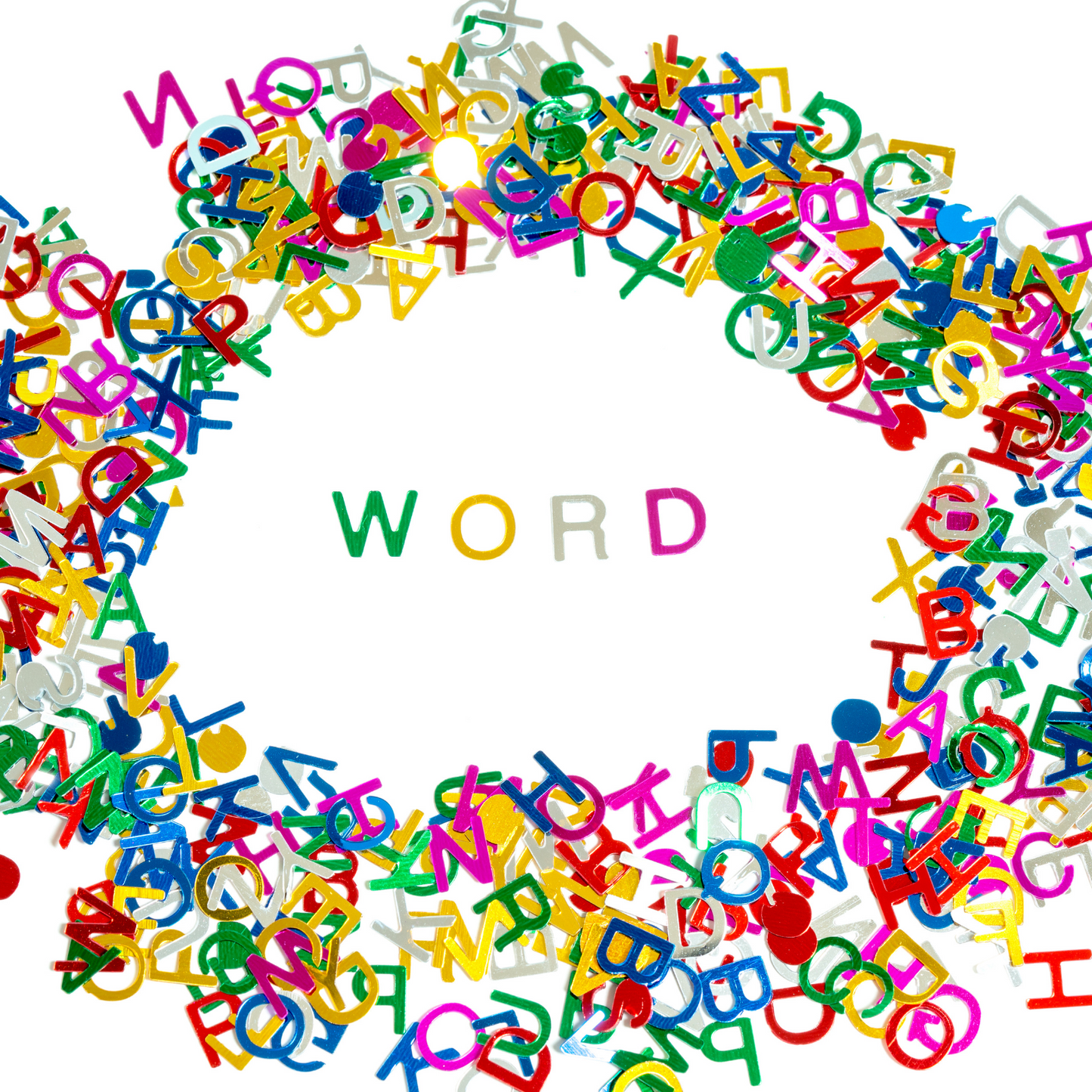
Here's some easy speech activities for toddlers
The other day someone made an interesting observation to me. A dad of a boy in Freddy’s soccer team said “my wife was wondering why Freddy sounds so different, and I told her it was because he spoke like a 14 year old”. It’s not the first time someone has commented on how articulate Freddy is and to be honest, I feel like it’s a bit of a fluke. But no one would say the same for PJ. Studies suggest second children have nowhere near as many words directly spoken to them in their first 3 years and so you have to be a lot more purposeful when you are encouraging speech development. It reminded me of all the speech activities for toddlers that I did with Freddy. Now PJ can talk, and he is on track for a 3 year old so it’s not fair to compare their differences. But with that in mind we have started playing a lot of speech ‘games’ and using songs, activities, etc to encourage his development so that he has a whole vocabulary at his disposal to assist his communication.
Speech activities for toddlers:
Here are a few fun and easy speech activities for toddlers that we use. Give them a try, we'd love to hear how you go...
Animal Jam: Speech activities for toddlers
This is a fun one for the car, when you are waiting for something or even when you have an animal book. It’s simple and you can make it work for any situation. For example if you are at the park you can sing, ‘the dog goes wooof’ or if you are flicking through an animal book you could say the cow goes “mooo” etc.
Some common animals to try…
The bird goes ‘tweet tweet’
The cat says ‘meow’
Activities like this have your little one mimicking a range of sounds while also learning the names of many animals and associating them with the sound.
Nursery Rhymes:
Nursery rhymes are rich in history and often have meaning and moral to the story. But as they rhyme they are easy for children to remember and have them practicing specific sounds. At the moment PJ is obsessed with singing Humpty Dumpty which is a scary choice, as I saw him jump off the playroom shelf into a beanbag while singing it. But despite his questionable taste in nursery rhyme role models, his speech when saying this particular nursery rhyme has improved out of sight.

Listening to music:
Music is so powerful for toddlers. Great for sounds, intonation, rhythm and motor control. Music also has huge benefits for speech. The rhythm and syllable awareness assists in verbal communication. Particularly songs that tie in with pictures that they can point to, or actions which they can mimic also form that association between words and their meaning. E.g Heads and shoulders, knees and toes…. Or the colours of the rainbow song.

Talk, talk and more talk:
This one isn’t so much an activity but is possibly the most powerful. Talk to your child at every opportunity throughout the day. If you are driving point out different things you see using describing words. E.g can you see the green garbage truck. Also ask questions, what can you see in the car? What can you see on the shelf? The more you talk to your child throughout the day the more words they are exposed to. Don’t be afraid to explain things, just keep your language simple e.g. those bees are making honey, you’ll be surprised by what they understand. Finally, avoid baby talk.

Reading:
Children love being read to. Books are one of the most helpful tools for language development, with benefits from a very early age. Does your little one love the same books being read over again? This is powerful for language development as they often learn and memorise the words associating them with pictures. Take it a step further by asking questions about the meaning. Or ask them to point to objects within the pictures to check for understanding. Take your time when reading to answer questions and explore your child’s ideas. Reading together creates one of the best lifelong learning habits for children. Research shows that older school aged children who read for an extra 20 minutes a day could be exposed to as many as 1.8 million words per year.

Create an area to encourage speech activities for toddlers:
Do you have a tonne of books? You could also have them ‘read’ to you by taking a picture walk through their book. Then making up a story to go with the images that they tell back to you. Create a cosy corner for your little one with their fave books. On a soft surface such as their play mat, add some books and pillows letting their imaginations run wild. You could add baskets of figurines, coloured play silks and other items that you enjoy using to make up songs, tell stories and encourage speech development in your toddler.
